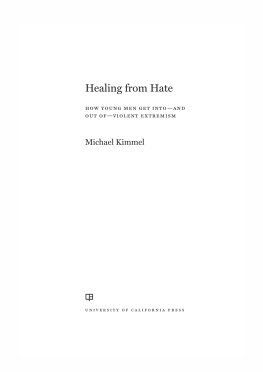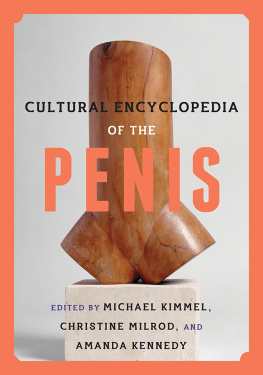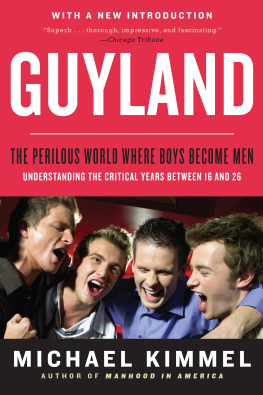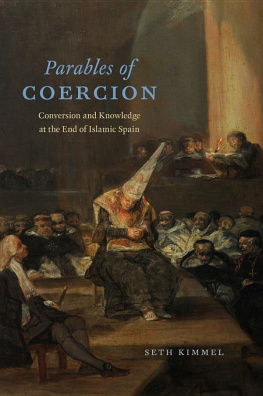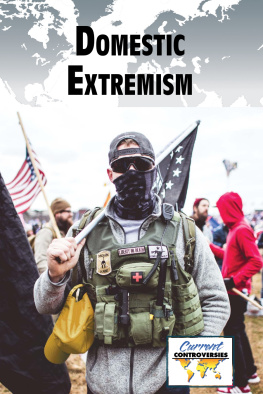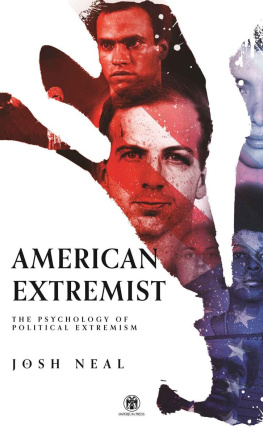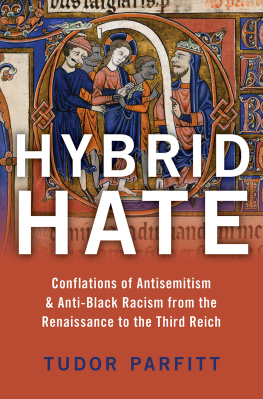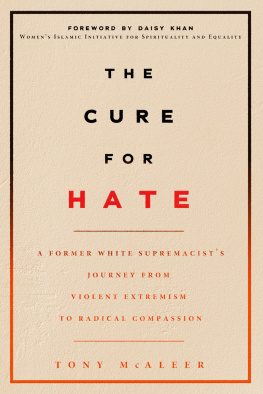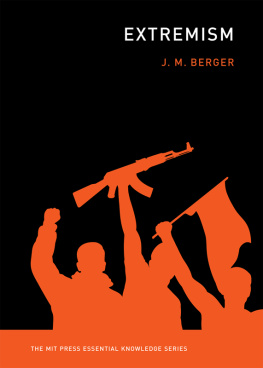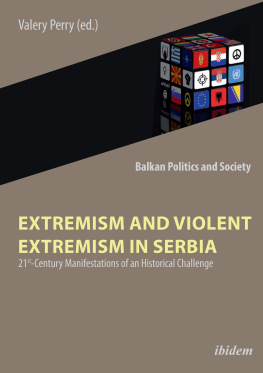Preface
Domestic terrorism may be the single greatest threat to Americas national security. A 2009 Department of Homeland Security report titled Rightwing Extremism concluded that rightwing extremists may be gaining new recruits by playing on their fears about several emergent issues, including, at the time, the election of the nations first African American president and the economic downturn. Currently, the Southern Poverty Law Center counts 917 active hate groups in the United States alone. These groups range from the neo-Nazis and the Ku Klux Klan to militias, Aryan survivalists, white supremacist youth groups, and violent religious cults. (The largest increase in 2016 was among anti-immigrant and anti-Muslim groups.)
Youd think that the current administration would be eager to distance itself from these groups, to establish its populist legitimacy on bases other than racism, xenophobic nativism, and anti-Semitism. Youd be wrong. The Trump administration has embraced what is now being relabeled and nearly legitimated as the alt-right, and even bringing its members into the administration. Ironically, this newfound proximity to political power may decrease the number of hate groups, since their organization rests on opposition to the government. When you have a friend in the White House, why organize against it? Watch for the Trump administration to herald its success at bringing down the number of oppositional hate groups!
According to a report from the New America Foundation, Since the attacks on September 11, 2001, nearly twice as many Americans have been killed by non-Muslim extremists than by jihadists. The Trump administrations response was to insist that all references to terrorism have the words radical Islamist in front of it, and that all programs and projects designed to address domestic terrorism be scrapped.
Sadly, one of the organizations I discuss in this book was actually defunded by this new administration. Life After Hate, a North American organization dedicated to helping violent right-wing extremists get out of the movement, had been awarded a substantial grant over two years to develop a deradicalization program in the United States modeled on EXIT in Sweden. In late June, the Trump administration approved the funding of all the successful grant recipientsexcept those that addressed right-wing extremism or worked in Muslim communities.
Yes, these are dangerous times, when the voices of hate seem to drown out all hope of dialogue, respect, and reconciliation. Nevertheless, I remain optimistic. Completing this book leaves me hopeful because this research has taken me into some of the darkest crevices of intolerance and rage, yet the people I discuss here have found a way to return to the light. This is a book about how young men (and some women) get into violent extremist movements, and how they can get outor, more accurately, how many of them got themselves out and now need our help to turn around and help others do the same.
In my previous book, Angry White Men: American Masculinity at the End of an Era (2013; revised edition, 2017), I took the temperature of a significant swath of American citizens: disgruntled, angry white men. Whether discussing angry white boys (rampage school shooters); or scions of hate radio, Tea Partiers, and pre-Trump supporters; or men who murder or assault women; or the misogynist Mens Rights Activists, I kept hearing a voice of what I came to call aggrieved entitlement, a sense of righteous indignation, of undeserved victimhood in a world suddenly dominated by political correctness. The rewards that these white men felt had been promised for a lifetime of, as they saw it, playing by the rules that someone else had established had suddenly dried upor, as they saw it, the water had been diverted to far less deserving others.
These men were angry, but they all looked back nostalgically to a time when their sense of masculine entitlement went unchallenged. They wanted to reclaim their country, restore their rightful place in it, and retrieve their manhood in the process. They wanted, in the words of the Tea Party, to take our country back, and in the last elections most potent slogan, make American great again.
The last chapter of Angry White Men discusses the use of masculinity on the extreme right. Interviews with nearly fifty young, current white nationalists had left me both feeling empathic for these guys pain and despairing over whether or not anything could enable them to find a place with some dignity in this new, multicultural, and more egalitarian world. I heard them express their distress that the respect and obedience they felt was theirs by birthright actually had been upended, leaving them both bereft and enraged. I saw how they felt emasculatedhumiliated as menby preparing to be breadwinners, family providers, in a world that no longer seemed to need the skills they possessed. I explored how they used gender, in particular masculinity, to problematize the Other, to claim that racial or ethnic or religious sexual minorities were not worthy of the rewards they were now reaping, because they were not real men. And I saw how the organizations on the extreme right used masculinity to manipulate these guys pain and despair into white supremacist and neo-Nazi hatred as a way to take their manhood back. Was there a way to reach them, to help them get out of such a downward spiral?

